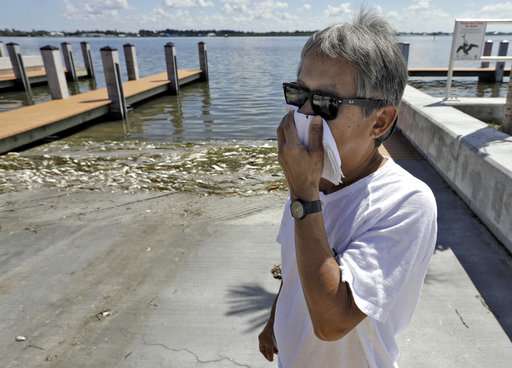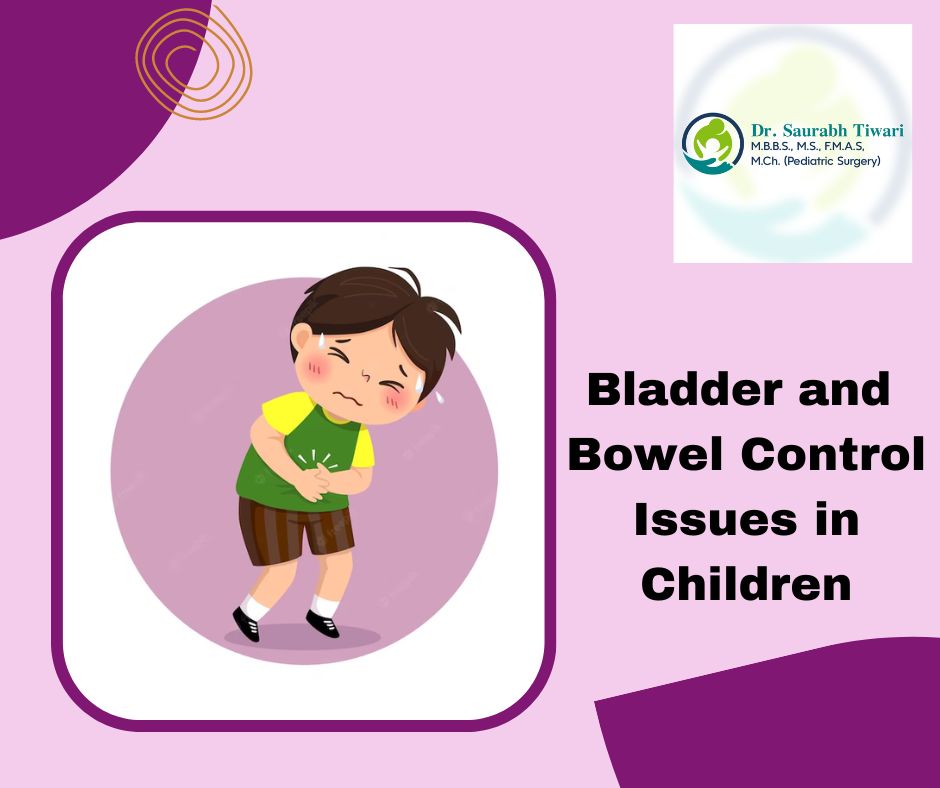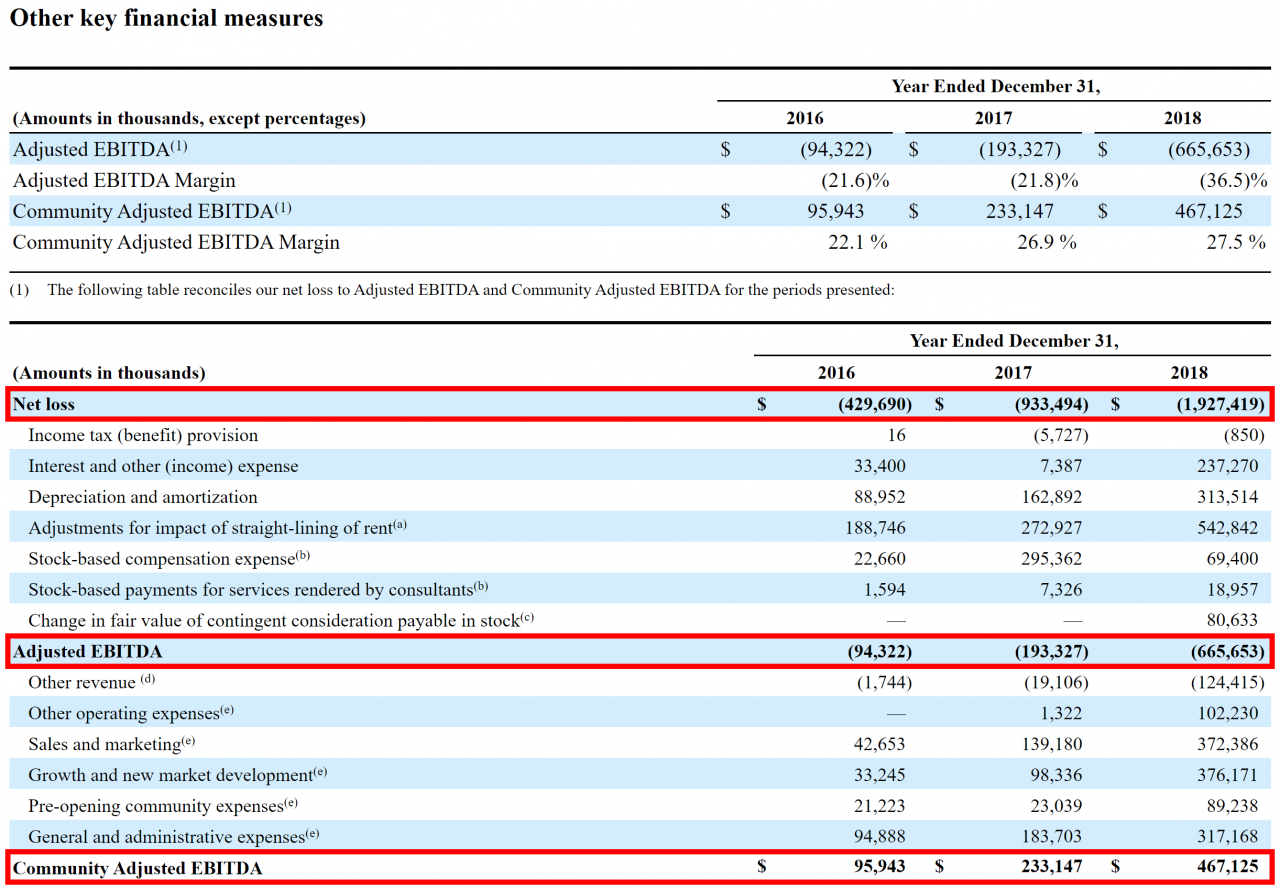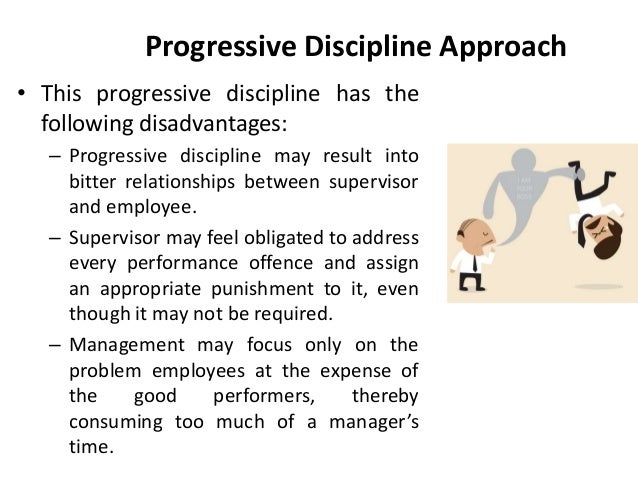Toxic Algae Bloom: Devastating Impact On California's Marine Life

Table of Contents
Understanding Toxic Algae Blooms in California
Harmful algal blooms (HABs), also known as toxic algae blooms, occur when colonies of algae grow out of control and produce harmful toxins. These blooms can involve various species of algae, each capable of producing different toxins with varying effects on marine organisms. The increasing frequency and intensity of these blooms in California are largely attributed to several factors:
- Elevated water temperatures: Climate change is driving up ocean temperatures, creating ideal conditions for algae growth. Warmer waters allow algae to thrive and reproduce more rapidly.
- Increased nutrient pollution: Runoff from agricultural lands, carrying fertilizers and pesticides, and wastewater discharges introduce excessive nutrients (nitrogen and phosphorus) into coastal waters, fueling algal growth.
- Ocean acidification: The absorption of excess carbon dioxide from the atmosphere by the ocean leads to acidification, potentially altering the balance of marine ecosystems and favoring the growth of certain algae species.
- Changes in ocean currents: Shifts in ocean currents can transport nutrient-rich waters, contributing to the formation and spread of HABs.
The Impact on Marine Mammals
Marine mammals, including sea lions, whales, and dolphins, are particularly vulnerable to the effects of toxic algae. These blooms often produce neurotoxins that affect the nervous system, leading to a range of debilitating symptoms:
- Neurological damage: Toxins disrupt nerve signals, causing seizures, paralysis, and respiratory distress.
- Weakened immune systems: Exposure weakens the immune system, making marine mammals more susceptible to diseases.
- Reproductive issues: Toxins can negatively impact reproductive success, leading to reduced birth rates and impaired offspring development.
- Behavioral changes: Affected animals may exhibit unusual behavior, including disorientation and lethargy.
The consequences can be devastating, resulting in increased mortality rates and long-term population declines.
Effects on Fish and Invertebrates
Toxic algae blooms significantly impact fish populations, both commercially important species and smaller fish, causing widespread die-offs and disrupting the delicate balance of the marine food web. Shellfish, such as mussels and clams, can accumulate high concentrations of toxins through a process called bioaccumulation, posing significant risks to human health if consumed. Domoic acid poisoning, for example, is a serious concern linked to shellfish consumption after toxic algae blooms. Invertebrates like crustaceans and corals are also affected, suffering from reduced growth, reproduction, and increased susceptibility to disease.
- Fish kills: Mass mortality events of fish are frequently observed following HABs.
- Shellfish contamination: Bioaccumulation of toxins in shellfish creates a public health hazard.
- Coral reef damage: Toxins can damage or even kill coral polyps, threatening the health of these vital ecosystems.
- Reduced reproductive success: Exposure to toxins can drastically reduce the reproductive output of various marine species.
Economic and Environmental Consequences
The economic repercussions of toxic algae blooms are substantial. Beach closures due to toxic algae result in significant losses for tourism industries. Reduced seafood harvests due to fish kills and shellfish contamination impact fishing communities and the wider economy. Beyond the economic impacts, the broader environmental consequences are far-reaching:
- Disrupted food webs: The death of key species can lead to cascading effects throughout the entire marine food web.
- Biodiversity loss: HABs can lead to declines in biodiversity, threatening the health and resilience of marine ecosystems.
- Public health concerns: The contamination of shellfish and potential for human exposure to toxins necessitates costly monitoring and public health measures.
- Increased costs for monitoring and mitigation: Government agencies and research institutions invest significant resources in monitoring and mitigating toxic algae blooms.
Mitigation and Prevention Strategies
Addressing the threat of toxic algae blooms requires a multi-pronged approach focusing on prevention and mitigation:
- Improved water quality management: Reducing nutrient runoff from agricultural lands and wastewater treatment plants is crucial. Implementing best management practices in agriculture, improving wastewater treatment technologies, and controlling stormwater runoff are all essential.
- Early warning systems: Developing and implementing sophisticated monitoring systems that can detect HABs early on is essential for enabling timely responses and mitigating their impacts.
- Effective mitigation strategies: Research into and development of effective methods to control or neutralize toxic algae blooms are vital for protecting marine life.
- Public education and outreach: Raising public awareness about the risks associated with toxic algae blooms and encouraging responsible behaviors (avoiding contaminated shellfish, etc.) is essential.
Conclusion: Addressing the Threat of Toxic Algae Blooms in California
Toxic algae blooms pose a significant and growing threat to California's marine ecosystems, impacting marine mammals, fish, invertebrates, and the economy. The ecological consequences are severe, leading to biodiversity loss and disruption of the delicate balance of the marine food web. The economic consequences are equally substantial, impacting tourism and fisheries. Addressing this challenge requires a collaborative effort involving government agencies, researchers, industries, and the public. We must work together to reduce nutrient pollution, improve water quality, develop early warning systems, and support research into effective mitigation strategies. Learn more about toxic algae blooms, support initiatives aimed at reducing nutrient pollution, participate in citizen science projects monitoring HABs, and contact your representatives to advocate for stronger environmental regulations. Let's protect California's precious marine life from the devastating effects of toxic algae blooms.

Featured Posts
-
 Problemas Con Ticketmaster Hoy 8 De Abril Grupo Milenio
May 30, 2025
Problemas Con Ticketmaster Hoy 8 De Abril Grupo Milenio
May 30, 2025 -
 Bladder Control Support For Women Discover The Primera Difference
May 30, 2025
Bladder Control Support For Women Discover The Primera Difference
May 30, 2025 -
 Unlocking Paris The Ultimate Neighborhood Guide
May 30, 2025
Unlocking Paris The Ultimate Neighborhood Guide
May 30, 2025 -
 Natural Ingredients For Bladder Control The Primera Approach For Women
May 30, 2025
Natural Ingredients For Bladder Control The Primera Approach For Women
May 30, 2025 -
 Cts Eventims Q1 Financial Results Adjusted Ebitda And Revenue Up
May 30, 2025
Cts Eventims Q1 Financial Results Adjusted Ebitda And Revenue Up
May 30, 2025
Latest Posts
-
 The Scargill Parallel Analysing Rachel Reeves Approach To Industrial Relations
May 31, 2025
The Scargill Parallel Analysing Rachel Reeves Approach To Industrial Relations
May 31, 2025 -
 Is Rachel Reeves Following In Arthur Scargills Footsteps A Look At Labours Economic Strategy
May 31, 2025
Is Rachel Reeves Following In Arthur Scargills Footsteps A Look At Labours Economic Strategy
May 31, 2025 -
 Reeves Economic Policies Echoes Of Scargills Militancy
May 31, 2025
Reeves Economic Policies Echoes Of Scargills Militancy
May 31, 2025 -
 The Elon Musk Dilemma Challenges And Opportunities
May 31, 2025
The Elon Musk Dilemma Challenges And Opportunities
May 31, 2025 -
 Are Vets Being Forced To Compromise Care For Profit A Bbc Report
May 31, 2025
Are Vets Being Forced To Compromise Care For Profit A Bbc Report
May 31, 2025
